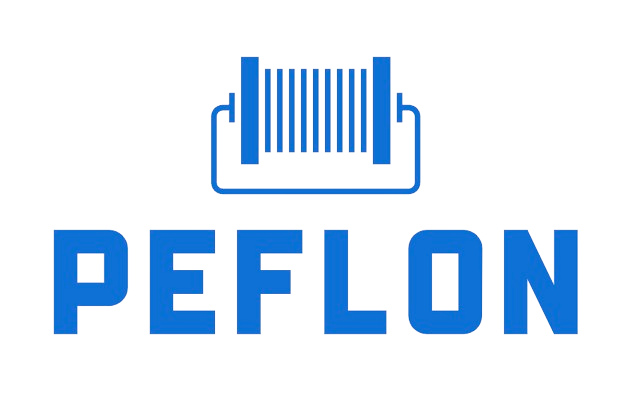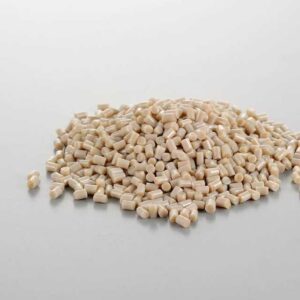Powder coating is a game-changer in the finishing world, offering unmatched durability and eco-friendliness for your products. Are you ready to discover why it’s taking over the industrial market?
Powder coating is a dry finishing process that creates a tough, long-lasting finish on various surfaces, making it an ideal choice for both industrial and everyday applications.
As we dive deeper into this topic, you’ll learn about the unique advantages of powder coating, how it compares to traditional spray painting, and why it’s becoming the go-to option for manufacturers looking to enhance their products’ quality and sustainability.
What Makes Powder Coating a Preferred Choice for Metal Finishing?
Are you tired of finishes that wear out quickly? Discover why powder coating is the solution you need for lasting durability and eco-friendliness.
Powder coating offers unique advantages over traditional paint, such as superior durability, resistance to fading, and minimal environmental impact. It creates a tough finish that can last up to 20 years without chipping or peeling.

Powder coating is a dry finishing process that uses electrostatic methods to apply a polymer resin powder onto metal surfaces. This method results in a thicker, more durable layer compared to liquid paints. The curing process involves heating the coated item, which forms strong molecular bonds that enhance its resilience against impact, moisture, chemicals, and UV light. Additionally, powder coatings are environmentally friendly since they produce little waste and do not emit harmful volatile organic compounds (VOCs). With applications ranging from industrial machinery to household items, powder-coated products not only look great but also stand the test of time. As industries increasingly prioritize sustainability, the demand for powder coating continues to grow due to its cost-effectiveness and long-lasting performance.
Powder coatings produce little waste and no VOCs.
How Does the Powder Coating Process Work?
The powder coating process transforms ordinary metal into extraordinary finishes. It combines durability and aesthetics, making it a top choice for many industries.
Powder coating involves three main steps: preparation, application, and curing. First, surfaces must be cleaned thoroughly to ensure proper adhesion. Then, a dry powder is applied using electrostatic methods. Finally, the coated items are cured in an oven to create a tough finish that lasts.

The preparation stage is critical. It includes cleaning the surface to remove dirt, grease, or rust. This step ensures that the powder adheres well. Next comes the application phase, where the powder is sprayed onto the surface using electrostatic spray deposition (ESD) or fluidized bed techniques. The charged particles cling to the grounded object, allowing for an even coat without drips or runs.
After application, curing takes place in an oven at high temperatures. This heat causes chemical reactions that bond the powder particles together and with the substrate beneath them. The result is a strong finish that is resistant to impacts, moisture, chemicals, and UV light.
In summary, understanding these steps helps in achieving optimal results with powder coating while also highlighting its advantages over traditional paint methods such as higher efficiency and environmental benefits.
No primer is needed; powder adheres directly.
Why is Powder Coating Gaining Popularity in Various Industries?
Powder coating is transforming industries with its durability and eco-friendliness. Are you ready to discover why this finishing process is becoming the go-to choice for many?
Powder coating is gaining traction due to its superior durability, cost-effectiveness, and environmental benefits. It offers a high-quality finish that enhances production efficiency while minimizing waste. This makes it an attractive option across various sectors, from automotive to household products.

The rise of powder coating can be attributed to several market trends. First, there is a growing demand for sustainable practices in manufacturing. Powder coatings are free from harmful volatile organic compounds (VOCs), making them safer for both workers and the environment. Second, advancements in technology have improved application methods like electrostatic spray deposition (ESD) and fluidized bed techniques, allowing for thicker coatings without sagging or running.
Moreover, industries are increasingly recognizing the long-lasting benefits of powder-coated products. These finishes resist impacts, moisture, chemicals, and UV light better than traditional paints. As construction spending increases and consumers seek durable solutions, powder coating’s popularity will likely continue to grow across various applications.
| Industry | Key Benefits of Powder Coating |
|---|---|
| Automotive | High durability and aesthetic appeal |
| Appliances | Scratch resistance and color matching |
| Furniture | Eco-friendly options with minimal waste |
| Electronics | Enhanced protection against corrosion |
In summary, the combination of sustainability, technological advancements, and superior performance drives the popularity of powder coating in multiple industries today.
Some traditional paints offer superior UV resistance.
Powder Coating vs. Spray Painting: Which Is Right for Your Project?
Choosing the right finishing method can be tough. You want durability and quality, but also cost-effectiveness. Let’s break down powder coating and spray painting to help you decide.
Powder coating offers a strong, long-lasting finish that is more durable than traditional spray paint. It is applied as a dry powder and cured with heat, making it resistant to impact, moisture, and UV light. In contrast, spray painting is easier to apply and generally cheaper upfront but lacks the longevity of powder coatings.

When comparing these two methods, consider their strengths and weaknesses. Powder coating provides higher transfer efficiency (up to 95%) with minimal waste compared to spray painting’s 30-35%. This means less material is wasted during application. Additionally, powder coatings do not emit harmful volatile organic compounds (VOCs), making them more environmentally friendly.
However, powder coating requires specialized equipment and can be complex for smaller operations. It also demands thorough surface preparation for optimal adhesion. On the other hand, spray painting allows for quick color matching and simpler application processes but may require multiple coats for an even finish.
In summary, if your project prioritizes durability and environmental benefits, powder coating may be the better choice. If you need a quick solution with lower initial costs, spray painting could work well for you. Consider your specific needs before making a decision on which method suits your project best.
Spray painting can emit VOCs, unlike powder coating.
Conclusion
Powder coating is preferred for metal finishing due to its durability, eco-friendliness, and long-lasting performance compared to traditional paint methods.






